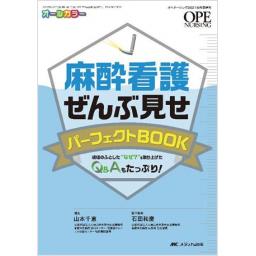1) 佐藤裕. 「外科学温故知新」によせて麻酔 : 「エーテル・デイ」とAnesthesia (麻酔) の語源. 臨床外科. 61 (5), 2006, 670-1.
2) 村井繁夫. 麻酔の歴史. 岩手医科大学歯学雑誌. 30 (2), 2005, 137-45.
3) 笠野靖代. 二酸化炭素吸収装置と二酸化炭素吸収剤. Clinical Engineering. 31 (2), 2020, 158-64.
4) 鈴木茂樹. 麻酔器における各種安全機能. Clinical Engineering. 31 (2), 2020, 171-80.
5) 樋口秀行. デスフルランの薬理学物理化学的特性. 日本臨床麻酔学会誌. 36 (3), 2016, 347-51.
6) 藤本正弘. 気化器. Clinical Engineering. 31 (2), 2020, 140-8.
7) 樋口秀行. 製剤特性と気化器気化器の特徴. 日本臨床麻酔学会誌. 36 (3), 2016, 363-7.
